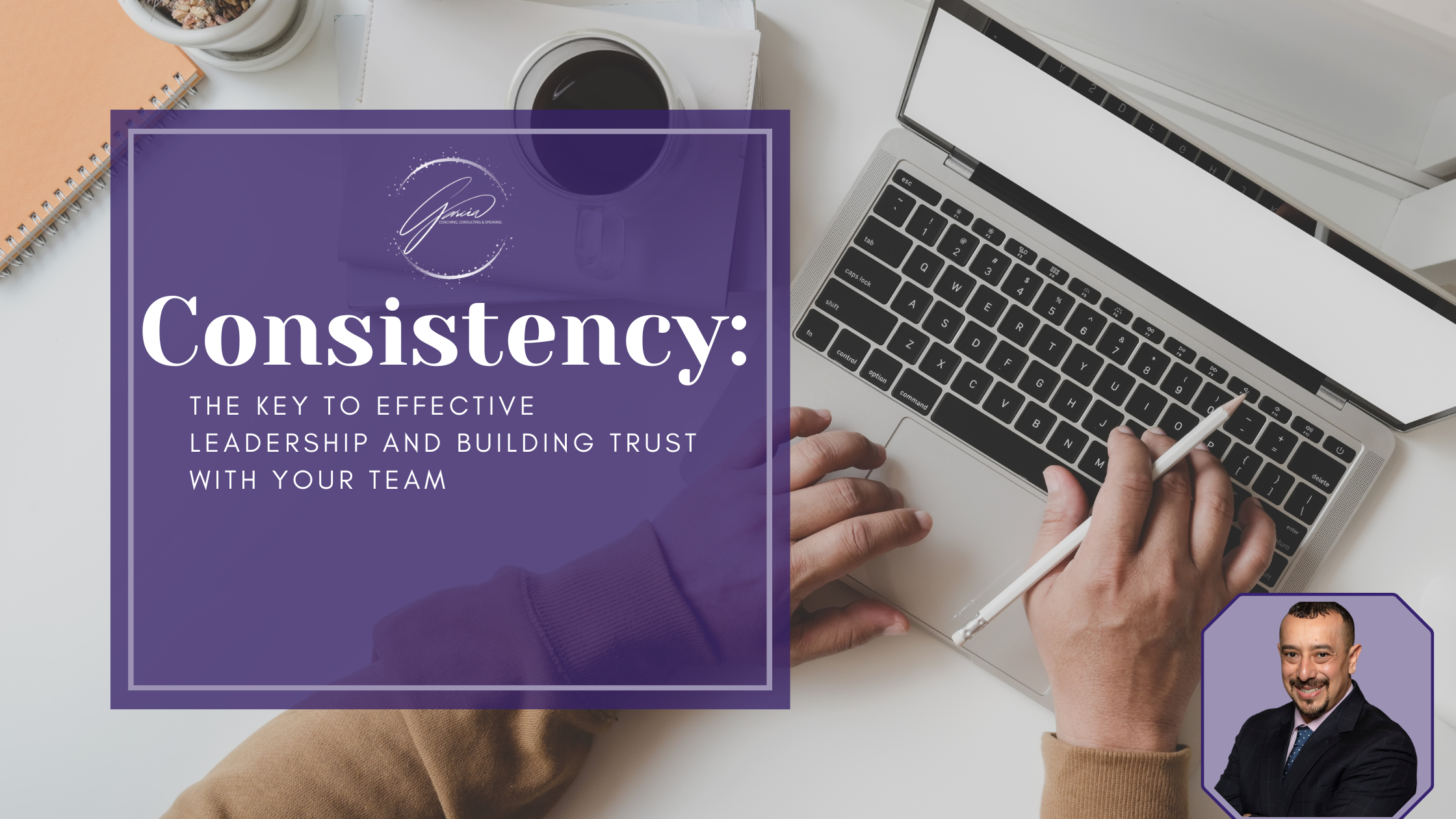Looking to level up your leadership skills and boost your communication game? Look no further than my expertly crafted blog, where I'll guide you through the ins and outs of personal and professional development. I'll help you become the leader you were always meant to be. If you find yourself feeling stuck, I can offer guidance and assistance to help you move forward. I am committed to empowering people reach their full potential in their personal or professional development journey with my blog.

Consistency: The Key to Effective Leadership and Building Trust with Your Team
Consistency is an essential element of effective leadership that builds trust and creates a productive work environment. As a leader, it is crucial to communicate expectations clearly and provide regular feedback to your team. Consistent decision-making and fair treatment of team members can boost morale and improve performance. Additionally, investing in your team's growth and development, recognizing their hard work and achievements, and having a clear communication style can foster a sense of belonging and importance among team members. Consistency takes time and effort, but it is well worth the investment as it leads to positive and productive outcomes for both the leader and the team.

Overcoming Self-Doubt: How to Push Past Mental Barriers and Achieve Your Goals
This blog discusses the importance of overcoming self-doubt for personal growth and development. Self-doubt can be triggered by past failures, negative feedback, and comparing oneself to others. The author shares their personal struggle with self-doubt and provides strategies to overcome it, including practicing positive self-talk, setting achievable goals, and taking action. Celebrating small victories and surrounding oneself with positive and supportive people can also help boost motivation and confidence. The author emphasizes that achieving goals is addicting and encourages readers to set goals and never give up.

5 Steps to Developing Effective Communication Skills
Effective communication involves active listening, being clear and concise, using non-verbal cues, encouraging feedback, and adjusting your style. By actively listening, you show that you understand and value the speaker's message. Being clear and concise helps to avoid misunderstandings. Non-verbal cues can enhance the message and assist in conveying emotions. Encouraging feedback allows for clarification and understanding. Finally, adjusting your style to the audience ensures that the message is received and understood.

Competing with Yourself
The best measure of success is competing with ourselves rather than comparing ourselves to others. We should set specific, measurable, and achievable goals and focus on continuous improvement.

